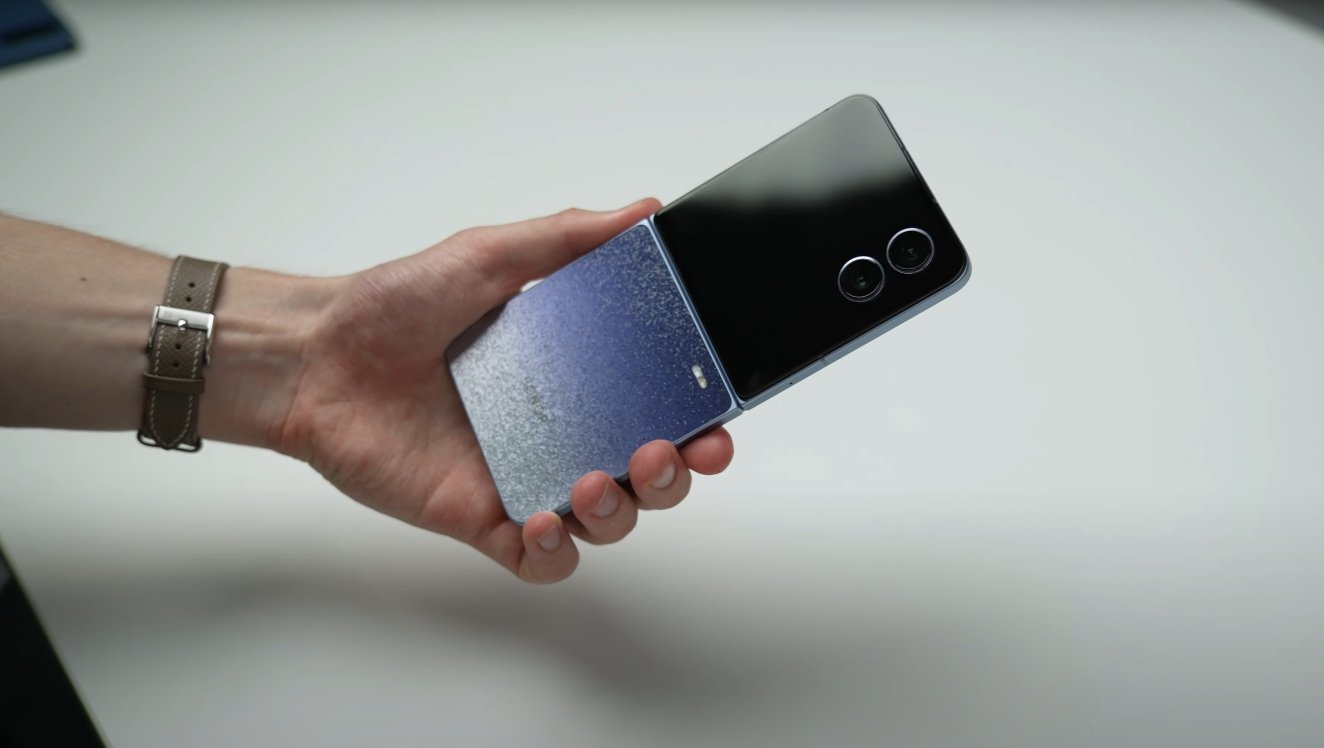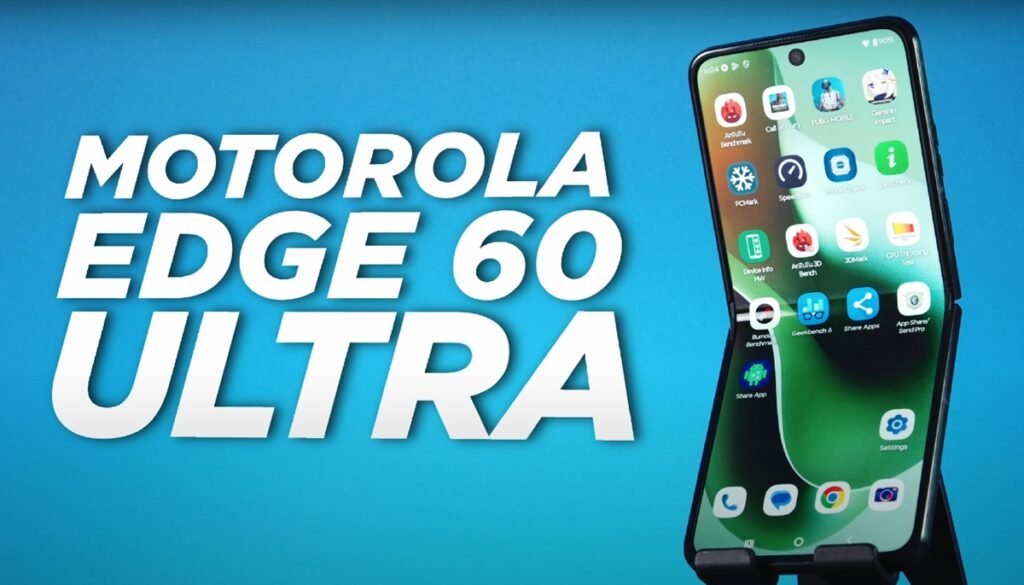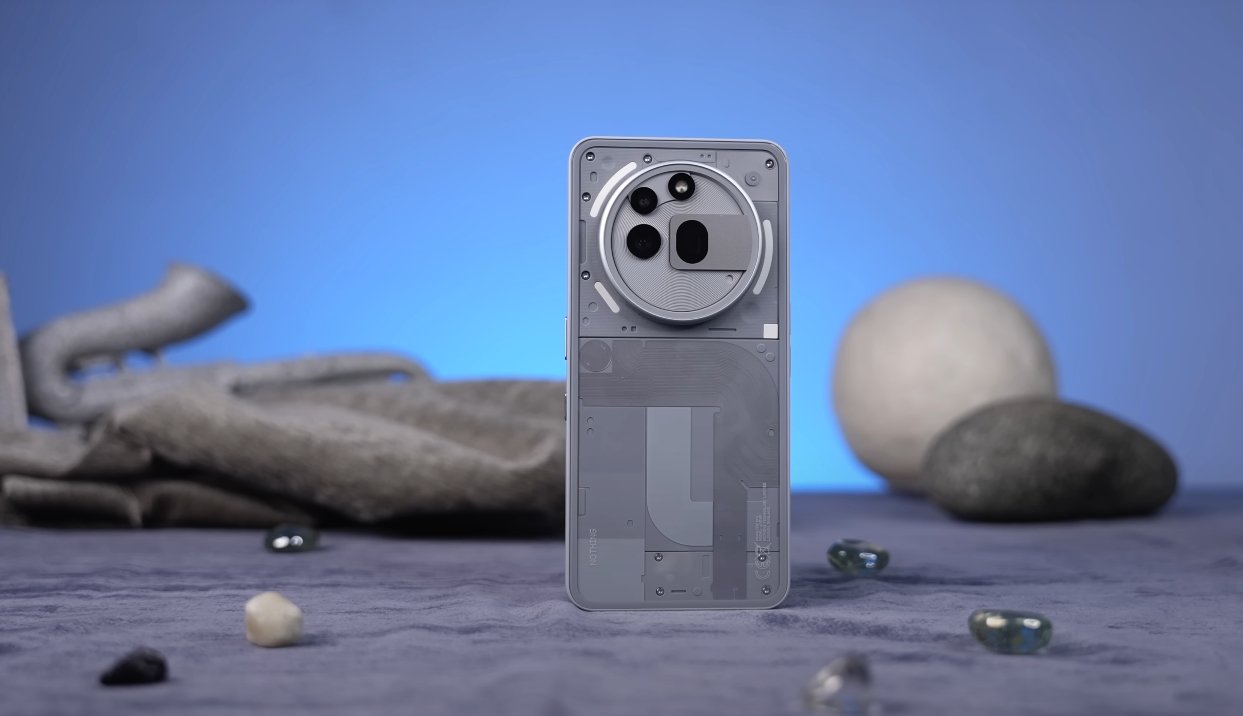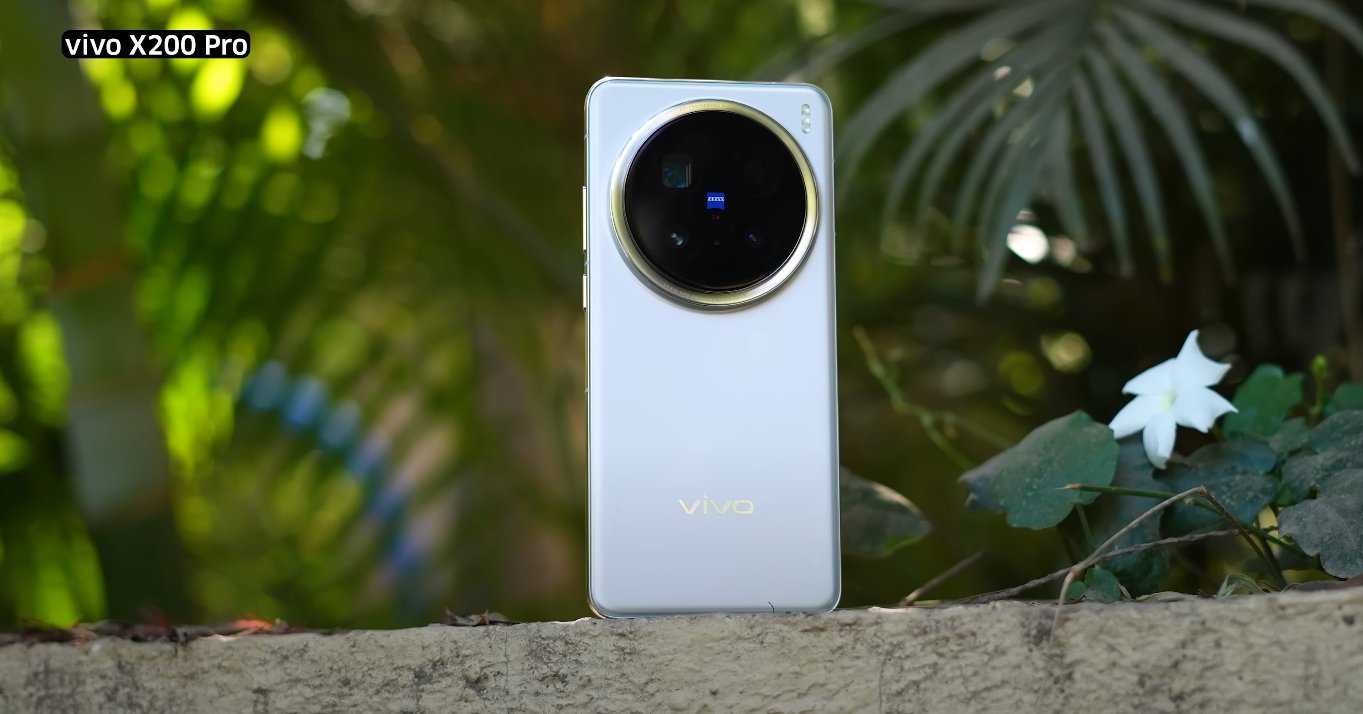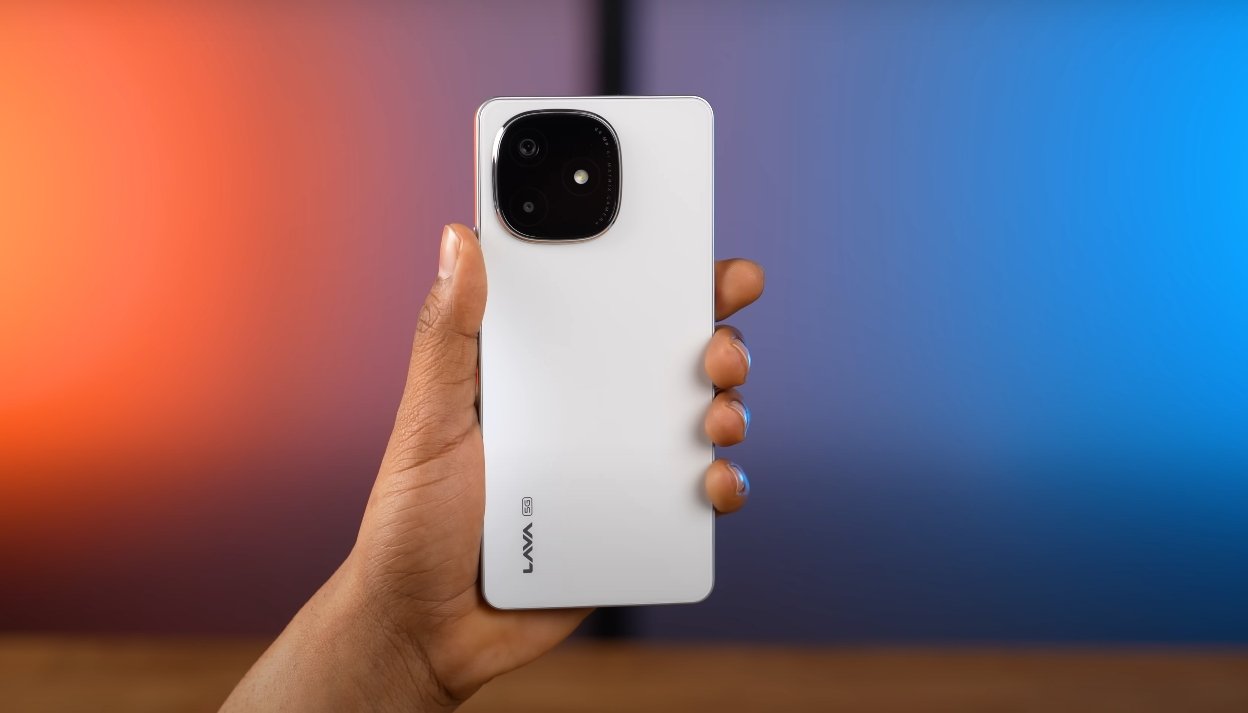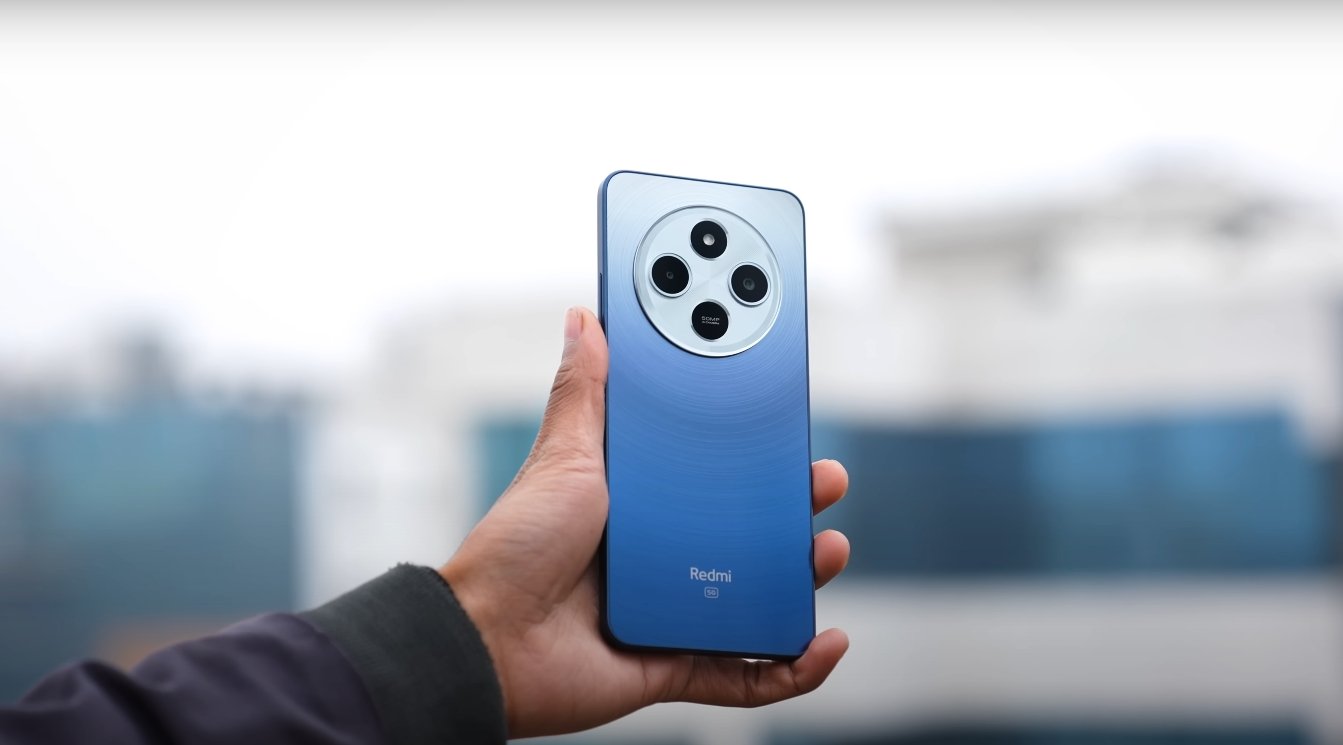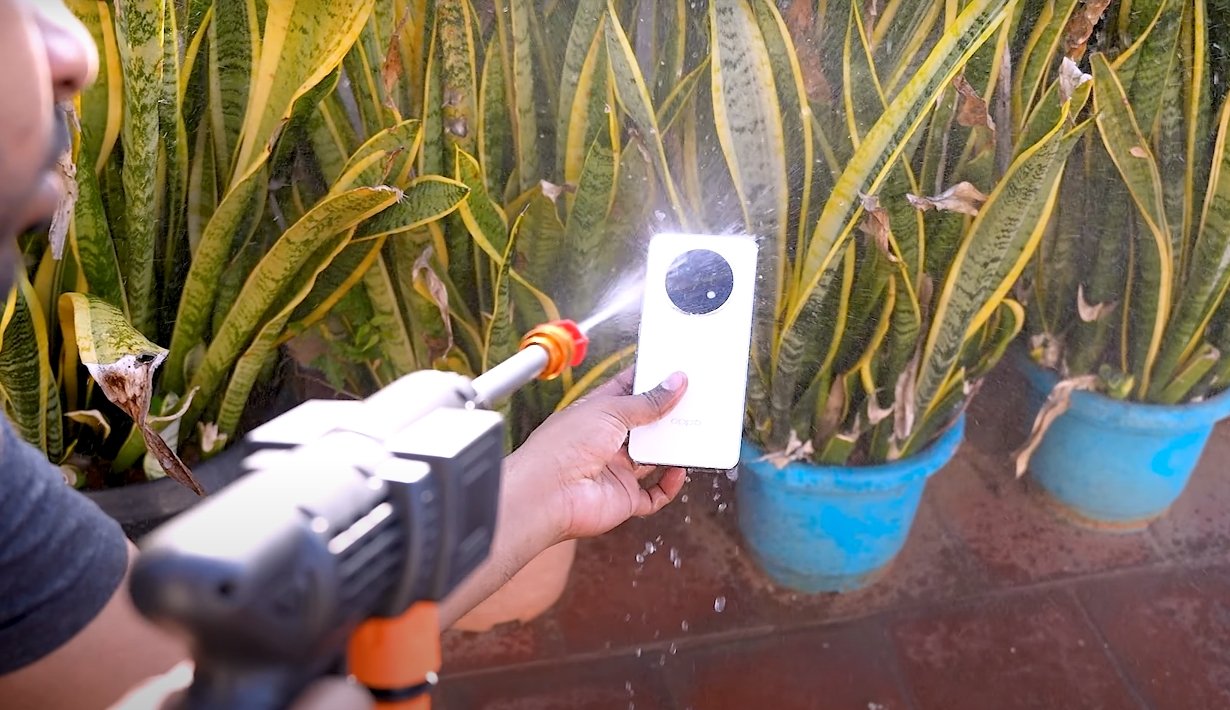Network Compatibility and Real-World Results in the U.S.
The Honor Magic V Flip 2 has been tested for wireless connectivity on major U.S. networks, giving potential buyers a clearer picture of what to expect from its performance outside of China. As the company prepares for a global rollout, these early results provide insight into how well the foldable phone handles American carriers and whether it can compete with established devices from Samsung and Motorola.
Initial testing shows that the Magic V Flip 2 supports many of the widely used LTE and 5G bands in the United States. This allows it to function on networks such as T-Mobile and AT&T with solid performance in most urban and suburban areas. The device was able to maintain stable data connections, make calls, and handle messaging without difficulty. However, like many imported phones, coverage performance can vary depending on regional band availability, especially in more remote locations where carrier-specific frequencies dominate.
One limitation noted during testing is the absence of mmWave 5G support. While this ultra-fast band is not the primary layer of 5G coverage in the U.S., it is deployed in select dense urban areas, particularly in downtown districts and arenas. Without mmWave compatibility, the Magic V Flip 2 cannot reach the extreme gigabit speeds seen on some competing devices. For most users, though, this may not be a critical drawback, since mid-band and sub-6 GHz 5G networks currently provide the majority of nationwide coverage and deliver reliable speed for everyday tasks.
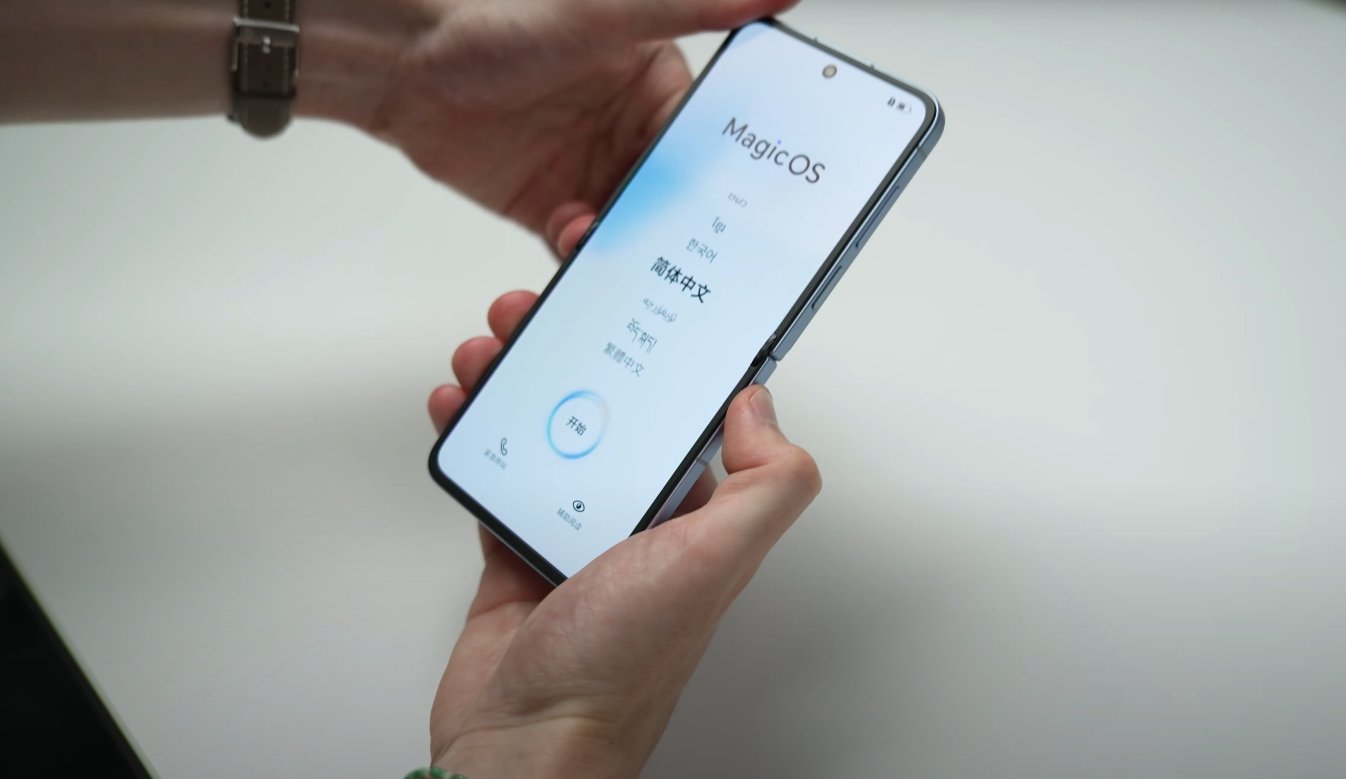
On the Wi-Fi front, the Magic V Flip 2 comes with Wi-Fi 6 support, ensuring high-speed connectivity when paired with compatible routers. Real-world tests indicated smooth performance when streaming, gaming, and transferring files over Wi-Fi. Bluetooth performance was equally reliable, with stable connections for wireless earbuds, smartwatches, and other accessories. This ensures the device can integrate seamlessly into modern digital ecosystems, which is essential for U.S. buyers who rely on multiple connected devices daily.
Another important aspect of wireless connectivity is call quality, and here the Magic V Flip 2 performed strongly. Tests indicated clear audio with good noise suppression, even in busy environments. Video calling and conferencing also ran smoothly on popular apps, aided by the device’s strong camera hardware and stable data links. These features are particularly important for professionals and remote workers who depend on reliable communication tools.
In terms of overall user experience, the Magic V Flip 2 demonstrates that it can handle U.S. wireless environments effectively, though buyers should be mindful of potential gaps in carrier-specific coverage. For example, Verizon users may encounter limitations in certain regions where the phone’s supported bands do not align perfectly with the carrier’s infrastructure. Carrier certification and official partnerships would go a long way toward resolving these issues, but for now, compatibility appears strongest with GSM-based networks such as T-Mobile and AT&T.
The testing results highlight both the strengths and trade-offs of Honor’s approach. By offering comprehensive mid-band 5G, Wi-Fi 6, and reliable Bluetooth performance, the Magic V Flip 2 addresses the needs of most buyers while keeping costs competitive. The lack of mmWave support may limit peak speeds, but in practice, the device provides stable and efficient connectivity for the majority of everyday tasks. As Honor prepares its official U.S. rollout, this balance of performance and affordability could make the Magic V Flip 2 an attractive choice for American consumers interested in adopting a premium foldable without sacrificing network reliability.
